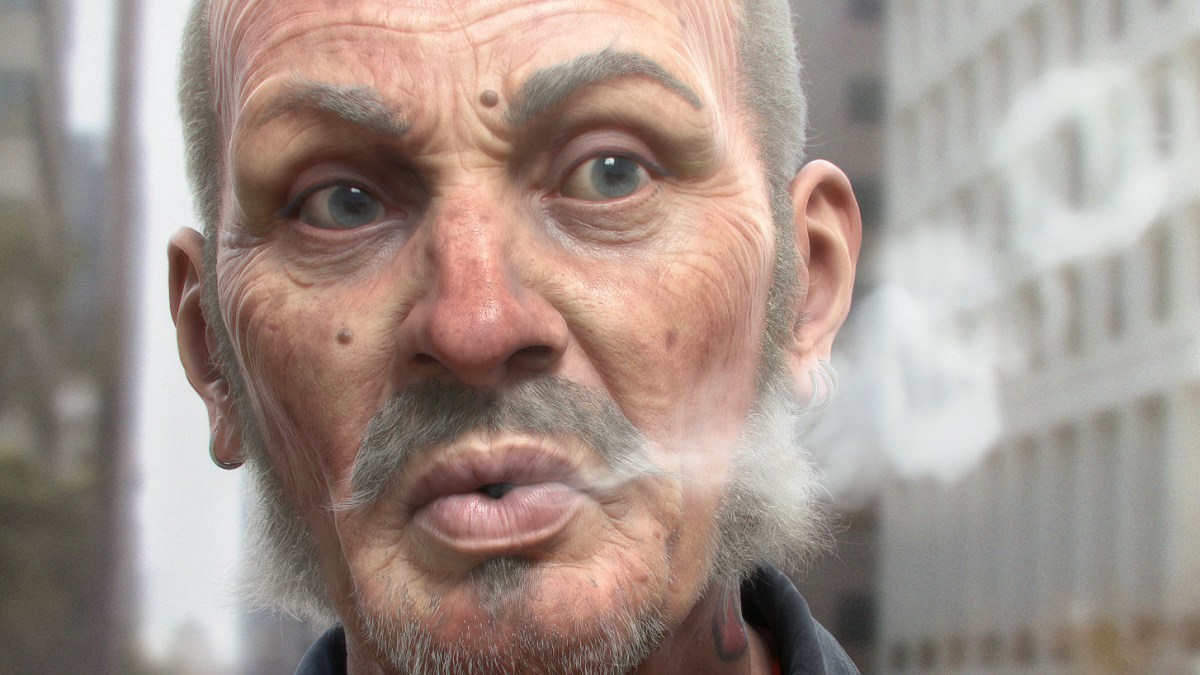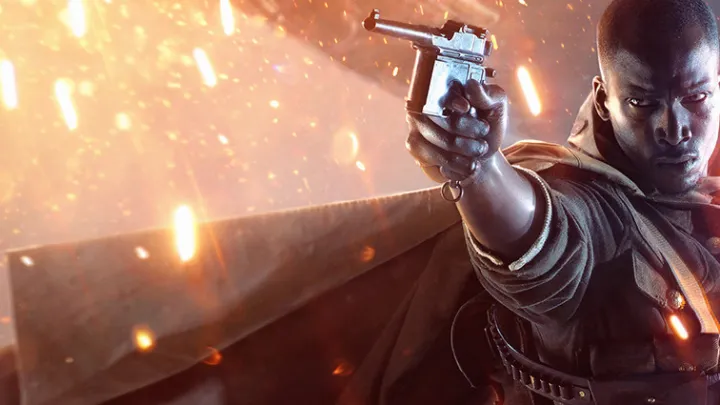Character artist Rodrigue Pralier

 Rodrigue Pralier works at BioWare Montreal, where he is lead character artist on the new Mass Effect game. He was previously lead character artist on Mass Effect 3 and principal artist on Mass Effect 2. He was also character art director on Army of Two 1 and 2 in his previous job at EA Montreal, and has worked on the Medal of Honor series. In addition to his character work, he has been an environment artist, a 2D concept artist, and worked on CG cinematics and toys. His artwork has been featured in publications including 3D Artist and 3dcreative magazines and Ballistic Publishing’s d’artiste and Exposé art books.
Rodrigue Pralier works at BioWare Montreal, where he is lead character artist on the new Mass Effect game. He was previously lead character artist on Mass Effect 3 and principal artist on Mass Effect 2. He was also character art director on Army of Two 1 and 2 in his previous job at EA Montreal, and has worked on the Medal of Honor series. In addition to his character work, he has been an environment artist, a 2D concept artist, and worked on CG cinematics and toys. His artwork has been featured in publications including 3D Artist and 3dcreative magazines and Ballistic Publishing’s d’artiste and Exposé art books.
Tell us about your journey
I actually never thought I’d work in videogames. After finishing a science-orientated high school, I went to art school in Lyon because my goal was to make comic books – as a kid, I spent a lot of time reading comics illustrated by artists like John Byrne, Arthur Adams, Neal Adams, Alan Davis and Jim Lee, and I wanted to make a career from my drawings.
After I graduated I ended up being unemployed for almost a year and a half. I finally got a good comic project, and everything was going well – until someone from a big publishing company in France decided he disliked my work because my inking was done digitally in Photoshop, instead of physically with ink and paper. I was so mad to be confronted with people so narrow-minded that I decided that I wouldn’t waste my life in such a backward industry. Admittedly, I was young and overreacted to the situation – but it’s what made me continue looking for new job opportunities.
After months with nothing, I was contacted by a job agency about a night security guard position in a small factory. I almost went … but on the day of the interview, I changed my mind and decided to push for something more art-orientated.
The next week, I found a job in a small videogame company. It was a turning point in my life: I was able to work on character concepts, 3D environments, VFX and animation. We were all shouldering the workload of three people, but I loved it. I was always learning new things, and trying to find better and faster ways to do my work.
At the time, a lot of videogame companies were closing, so when I heard that EA was coming to town to find new talent for a studio in Montreal, I gave it a shot. My English was terrible and I knew nothing about Montreal, but to my surprise, I was hired, and moved to Canada to continue my videogame adventures, switching to BioWare a bit more than five years ago.
I can say that after nearly 11 years in the industry, my time so far Bioware Montreal has been the best of my career. I’m surrounded by amazingly friendly, passionate and dedicated people and am given the opportunity to do what I love most: create characters and find ways to keep pushing the visual quality of our games. I still dislike our cold winters, though!
How do you want to impact the world?
I would love to work on a 3D fighting game that would be a mix of Street Fighter IV and The King of Fighters XIII. I’ve always been a big fan of Japanese fighting games like Samurai Shodown, Rival Schools and Virtua Fighter.
Other geek dreams: to work with Katsuya Terada on a statue project, and to do 3D work for a Marvel or DC movie. Another thing that would make me smile frenetically would be to work on a new fantasy or sci-fi videogame IP with Kolby Jukes, Rafael Grassetti, Furio Tedeschi and Herbert Lowis – all of us in the same character team. Man, that would be amazing!
What are you passionate about?
I’m a huge anime fan – Dragon Ball, One Piece, Samurai Champloo, and so on. I have more than 2,000 anime figures at home. I love simple but efficient designs where you can recognize the personality of the character at first sight.
I’ve found that most people think that more details mean better art, but I’m really not a fan of details for their own sake. It’s like in conversation: if you know something well, you can explain it in a few words; if you don’t, you start using extra words to make you sound smarter. Disney, Pixar and Studio Ghibli all got that right: simple, efficient, gracious and inspired.
What would be your #1 advice to other artists?
Don’t try to rush things: just be consistent, reliable and keep pushing the quality of your work. You don’t need to be a superstar right away – the most important thing is to keep improving, and slow and steady is fine. If you do that, you’ll reach the superstars without noticing, and when they plateau, you’ll carry on improving.
Projects nowadays are huge and take years to complete, so it’s also very important to understand your role in a team of 100-plus people; to work on your communication; and most of all, to be reliable and accountable.
And if you’re fast at what you do, learn how to be patient. When you work in a team, you need to realize that not everyone can be as fast as you. I’m still working on that one!
Related Links
Visit Rodrigue’s ArtStation gallery

Roadie: an image created for the cover of 3dcreative magazine.

































